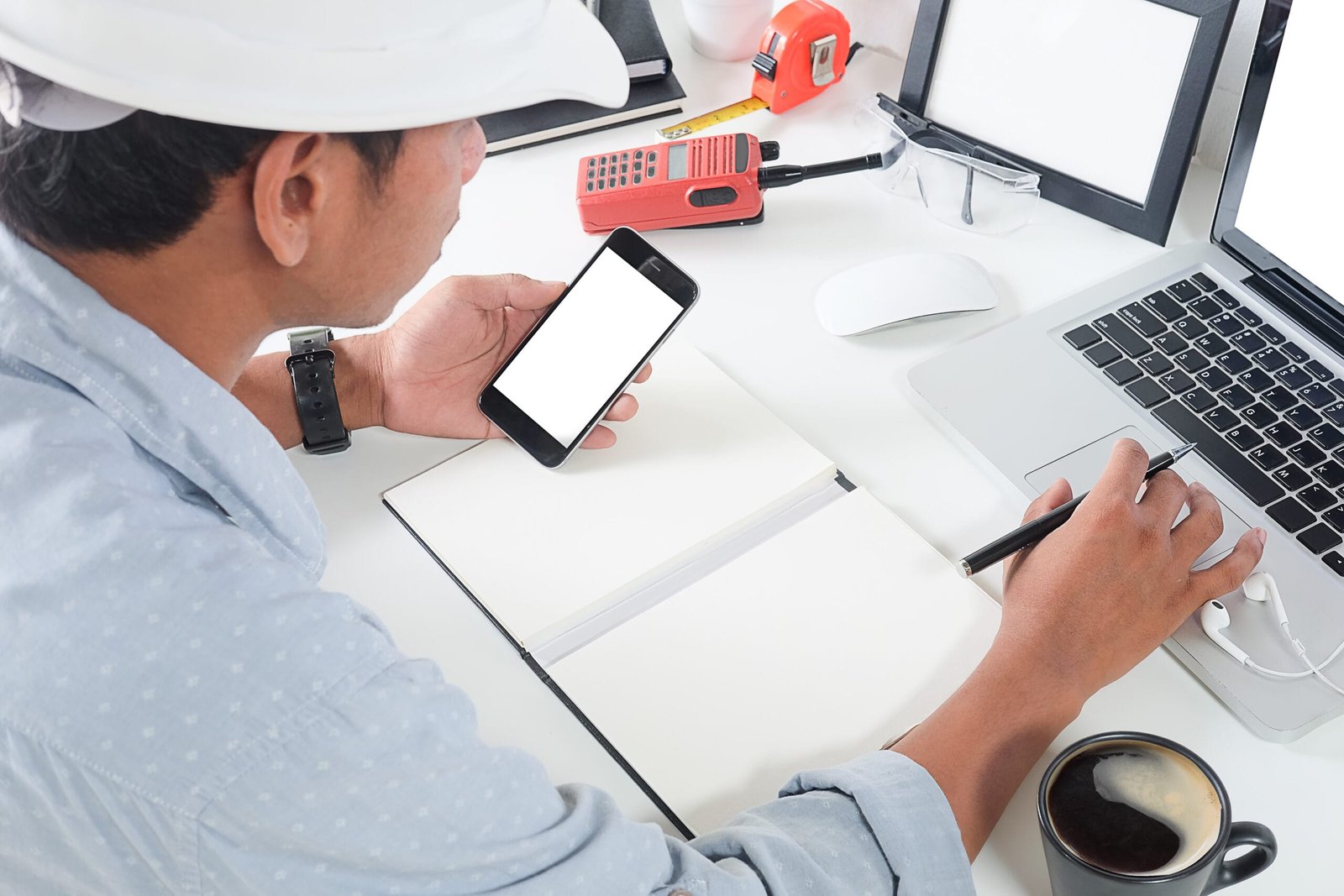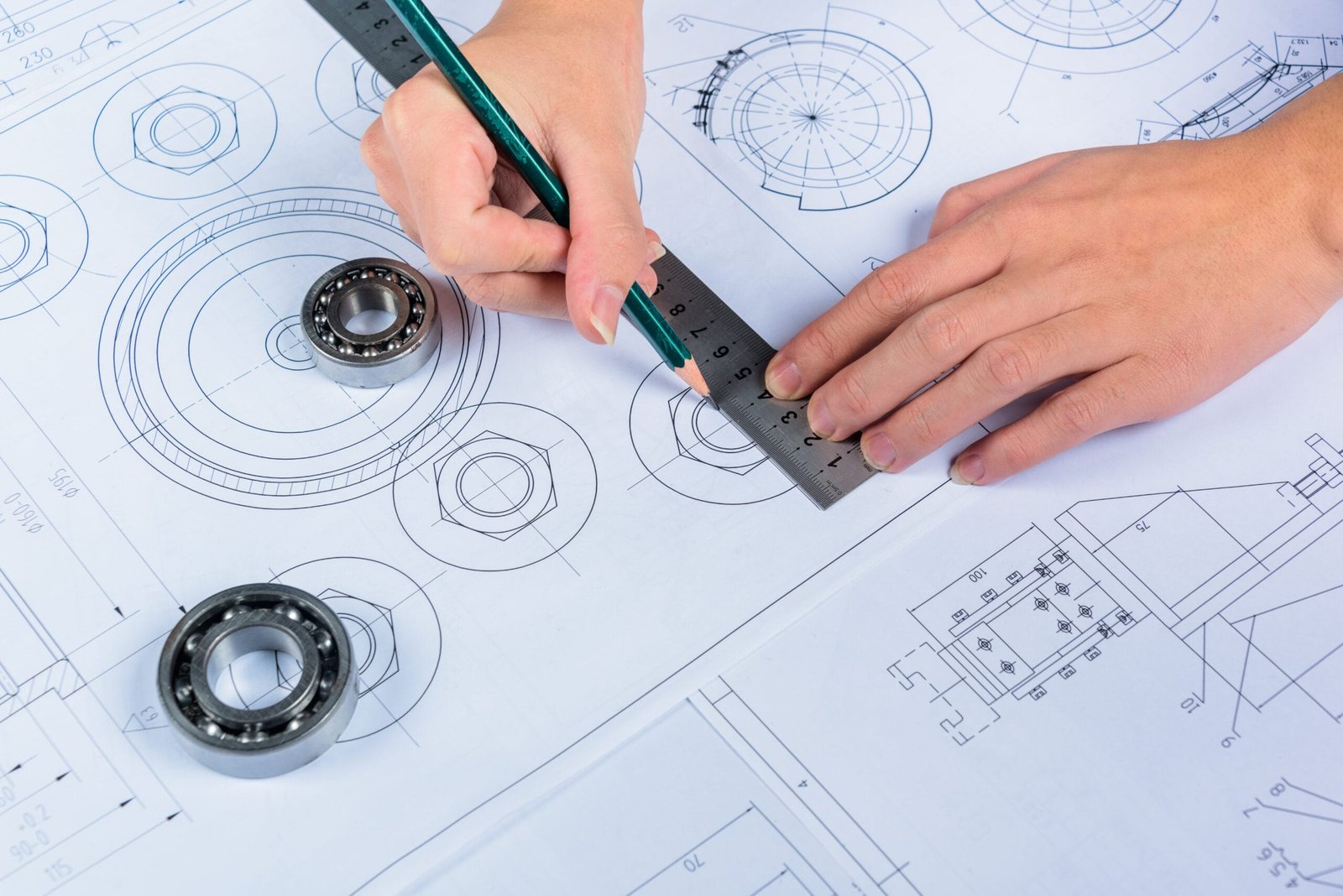Description:
Explore the common and complex Challenges of 3D Modeling for DesignHok faced by the design team at DesignHok. This blog breaks down technical, creative, and workflow-related hurdles that arise during 3D modeling projects and how DesignHok navigates them to ensure high-quality results.
Introduction
Challenges of 3D Modeling for DesignHok is the backbone of many modern design workflows, from mechanical parts to architectural structures and product visualizations. For DesignHok, a company deeply involved in design innovation and digital modeling, the use of advanced 3D modeling tools plays a pivotal role in creating detailed, realistic, and functional models. However, despite the exciting possibilities that 3D modeling offers, it doesn’t come without challenges.
Whether it’s a client-focused architectural render or a technical mechanical component, every 3D modeling project has its own set of hurdles. These challenges range from software limitations and rendering issues to miscommunications with clients and problems converting 2D designs into realistic 3D objects. In this blog, we’ll discuss some of the main challenges of 3D modeling for DesignHok and how the team tackles them to maintain their high design standards.
1. Understanding and Interpreting Client Requirements
One of the most significant Challenges of 3D Modeling for DesignHok is ensuring that the client’s vision is clearly understood and accurately translated into a 3D model. Often, clients provide limited input, vague sketches, or unclear expectations. This creates a gap between what they imagine and what’s technically possible or realistic in 3D space.
Solution:
To address this, DesignHok places strong emphasis on client collaboration. Initial meetings, mood boards, reference images, and even 2D drafts are used to bridge the communication gap. The design team also prepares quick mock-ups for client feedback before investing time in detailed modeling.
2. Balancing Creativity and Technical Precision
Creating a model that is both artistically compelling and technically accurate can be tough. Designers often want to push creative boundaries, while engineers focus on precise dimensions and functionality.
Challenge Example:
In mechanical design, even a slight deviation in dimensions can cause real-world malfunctions. In architecture, proportions and perspectives must align perfectly with structural feasibility.
Solution:
DesignHok ensures their team is trained in both design thinking and engineering principles. By integrating creativity with practicality, they can produce designs that are visually stunning and functionally sound.
3. Software Complexity and Compatibility Issues
Challenges of 3D Modeling for DesignHok software is powerful but can be complex to learn and manage. DesignHok works with tools like Blender, AutoCAD, SolidWorks, and others. Sometimes, files need to be transferred between different platforms or with external teams, which introduces compatibility problems.
Problem Areas Include:
- File corruption during export/import.
- Loss of mesh quality or textures.
- Compatibility issues with rendering engines.
Solution:
The team uses standard file formats (.OBJ, .FBX, .STL) and tests them across platforms before final delivery. Proper documentation and version control systems also help track changes and avoid conflicts during team collaborations.
4. Handling High-Poly Models and Performance Lags
Complex 3D models—especially those with intricate geometry or detailed textures—can become “heavy” and slow down rendering engines or workstations. This affects productivity and may result in errors or crashes.
Example:
An architectural visualization with hundreds of components and realistic lighting can take hours to render or even freeze mid-process.
Solution:
DesignHok uses optimized modeling techniques such as:
- Working with low-poly models during the concept phase.
- Using modifiers and procedural textures.
- Employing render farms or powerful workstations for final renders.
5. Time Constraints and Project Deadlines
Challenges of 3D Modeling for DesignHok is time-intensive, especially when the project involves multiple revisions, animations, or simulations. With tight deadlines, maintaining quality while meeting delivery timelines becomes a major challenge.
Solution:
DesignHok follows an agile workflow, breaking large modeling tasks into stages: concept design, base modeling, texturing, lighting, and rendering. Each stage is reviewed and approved before moving to the next, reducing last-minute revisions. The team also uses time management tools and schedules buffer periods to accommodate feedback and unexpected changes.
6. Achieving Realistic Textures and Lighting
Creating realistic models is more than just shaping the object—it also involves applying lifelike materials, surface textures, and lighting. This part is often underestimated but plays a crucial role in final output.
Challenge:
Improper lighting can flatten a scene, while unrealistic textures can make even the most accurate model look fake.
Solution:
DesignHok uses physically-based rendering (PBR) materials and HDRI lighting to simulate natural light behavior. The team invests time in UV unwrapping, texture baking, and lighting calibration to ensure visuals are as realistic as possible.
7. Rendering Limitations
Even after modeling and texturing are complete, rendering can be a bottleneck. High-quality renders take time, powerful hardware, and lots of memory.
Common Issues:
- Noise in the final render.
- Long render times.
- Shadows and reflections not displaying correctly.
Solution:
The team uses optimized rendering engines like Cycles (in Blender) or V-Ray for architectural visuals. Render settings are carefully adjusted for quality vs. performance. For animations, DesignHok often renders in layers or uses compositing techniques to save time.
8. Keeping Up With Evolving Technology
Challenges of 3D Modeling for DesignHok is an ever-evolving field. New software updates, plugins, and industry standards can quickly make existing workflows outdated. Staying updated and adapting to new trends requires continuous learning.
Solution:
DesignHok promotes regular training, attends webinars, and explores updates from leading 3D platforms. Whether it’s exploring AI-assisted modeling tools or real-time rendering engines, the team stays ahead to deliver cutting-edge work.
Conclusion
Challenges of 3D Modeling for DesignHok is both an art and a science, and for DesignHok, it’s a daily exercise in problem-solving, creativity, and innovation. From managing tight deadlines to tackling software challenges and meeting client expectations, the journey is filled with obstacles. However, it is precisely these challenges that drive improvement and excellence.
By adopting a well-organized workflow, maintaining technical accuracy, and nurturing creative exploration, DesignHok continues to deliver top-tier 3D modeling services across various industries. With a keen eye for detail and a proactive approach to solving modeling challenges, the team is well-equipped to handle the complexities of today’s digital design demands.
FAQs: Challenges of 3D Modeling for DesignHok
Q1: What is the most common challenge in 3D modeling?
The most common challenge is understanding and accurately interpreting the client’s expectations, especially when references or inputs are vague or incomplete.
Q2: How does DesignHok ensure precision in mechanical 3D models?
By combining CAD software tools with engineering knowledge, the team ensures that every model is technically accurate and dimensionally precise.
Q3: What happens if a model becomes too heavy or slow?
DesignHok uses low-poly versions, proxies, and scene optimization techniques to improve performance. They also invest in high-end hardware for rendering.
Q4: Which 3D software does DesignHok use?
The team uses a mix of Blender, AutoCAD, SolidWorks, SketchUp, and other tools depending on the project’s needs and complexity.
Q5: How are rendering issues handled at DesignHok?
By adjusting render settings, using render farms, and adopting smart lighting techniques, DesignHok ensures clean, noise-free, high-quality renders.
Q6: Does DesignHok create real-time 3D models?
Yes, for projects requiring interactive walkthroughs or VR-ready content, DesignHok creates real-time optimized models using compatible formats and engines.
Q7: How often does the team upgrade their skills or tools?
Regularly. DesignHok believes in continuous learning and keeps up with evolving 3D modeling trends and technologies.





